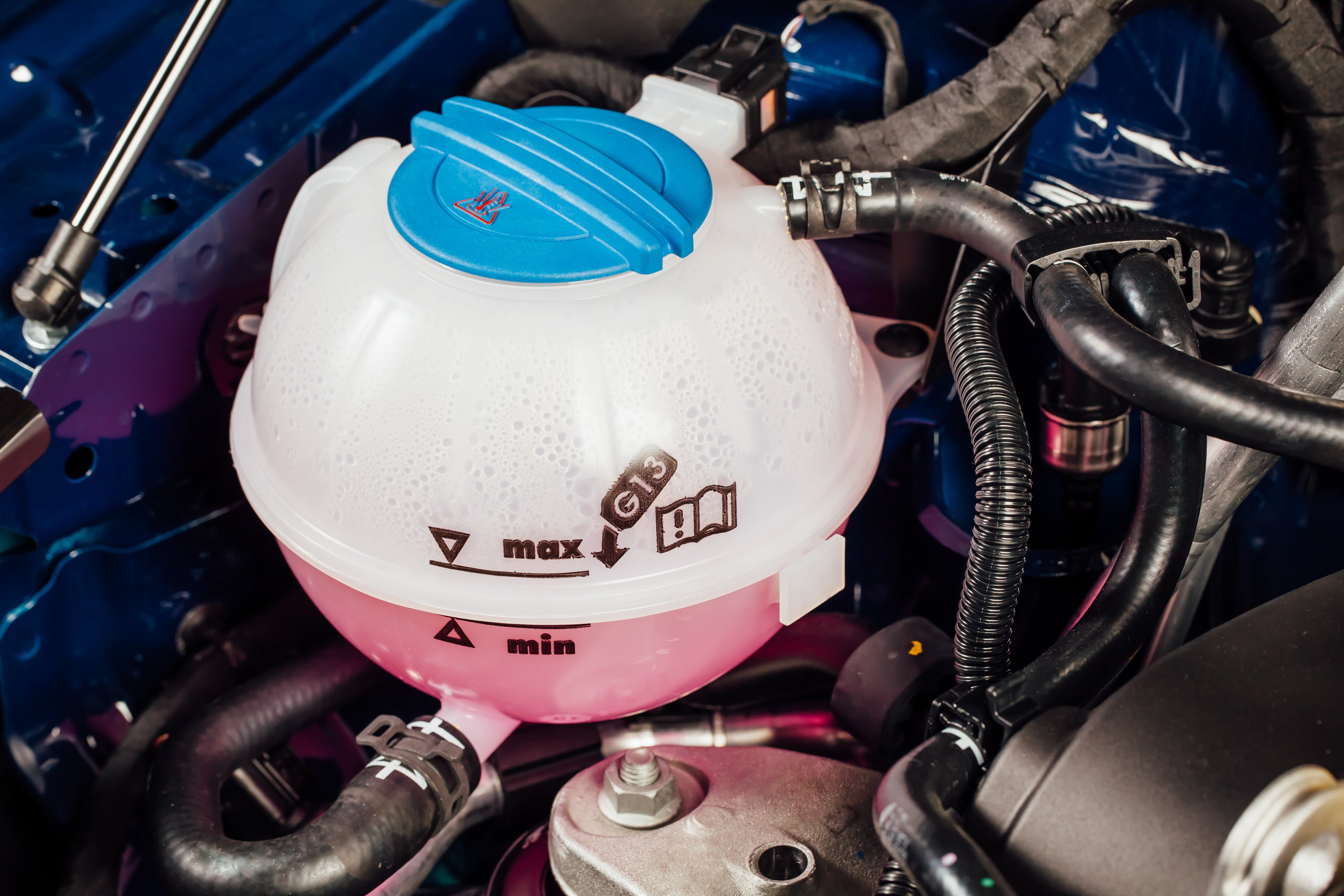

The radiator transfers the heat from the fluid inside to the air outside, thereby cooling the fluid, which in turn cools the engine. Once the coolant absorbs the heat from the engine it continues its flow to the radiator.

To combat this affect, coolant is circulated through the engine where it absorbs the heat from the engine. If heat were allowed to increase unchecked in the engine, components would eventually expand to the point where they would cease to rotate.

#Coolant engine series#
a series of galleries cast into the engine block and cylinder head, surrounding the combustion chambers with circulating liquid to carry away heat.Antifreeze itself is usually ethylene glycol or propylene glycol (with a small amount of corrosion inhibitor).Ī typical automotive cooling system comprises: This liquid may be water (in climates where water is unlikely to freeze), but is more commonly a mixture of water and antifreeze in proportions appropriate to the climate. In automobiles and motorcycles with a liquid-cooled internal combustion engine, a radiator is connected to channels running through the engine and cylinder head, through which a liquid (coolant) is pumped. Coolant being poured into the radiator of an automobile


 0 kommentar(er)
0 kommentar(er)
